Most visitors to Hawaii imagine our waters as always calm and crystal clear, perfect for swimming and other beachside recreation. And most of the year, that is true; Hawaii is as close to paradise as it gets!
But ocean conditions change dramatically during winter. What looks like gentle tropical waters in travel brochures then transforms into challenging conditions for ocean activities like swimming with manta rays at night. These weather patterns affect everything from whether manta rays show up to how safely we can run the swim.
We often get questions when we have to cancel our manta moonlight swim or even temporarily close in winter, so we like to be transparent about why this happens. Being prepared can make the difference between a magical experience and a disappointing one.
Hawaii ocean conditions in winter
In Hawaii, winter usually runs from mid-December through March. While the weather on land stays warm and sunny, the ocean changes during this time.
Tropical storms form far out in the Pacific Ocean, often thousands of miles away, but they still send swells toward Hawaii that create large waves when they reach the shore. In summer, those swells tend to hit the southern and eastern sides of the Big Island. In winter, they strike the north and west – including Kauna‘oa Bay, where we run our manta ray snorkeling tours.
As those swells arrive, the surface gets choppy, and waves make it harder to swim or safely enter and exit the ocean. Underwater, the motion stirs up sand from the ocean floor, reducing visibility and affecting the overall experience.
These changes aren’t constant throughout winter. One day, the ocean might be mirror-calm with perfect visibility – and the next day, waves are pounding on the shoreline with enough force to make ocean entry dangerous even for experienced swimmers.
These rougher conditions happen more often in winter than in other seasons, and sometimes with little warning; that’s why we always monitor conditions closely.
How the weather affects the manta ray swim
Swimming with manta rays requires specific conditions to be both safe and enjoyable. You need calm water for easy entry and exit, good visibility to actually see the mantas, and steady conditions that don’t exhaust participants before they even reach the viewing area.
But when the seas get rough, we don’t always get those favorable conditions. We often tell guests that when surfers get excited about big waves, we stay home (and vice versa).
When a powerful swell hits the shore, getting in and out of the water becomes harder. Even if everything looks fine from shore, rougher water stirs up sand and reduces visibility. So even if the manta rays show up, you might not get a clear view of them.
And sometimes, manta rays don’t show up at all. On nights when the sea is too turbulent, waves are crashing into the viewing area, and sand clouds the water, the mantas simply choose not to visit their feeding spot.
Why we cancel (and why that’s a good thing)
We only cancel when we believe it’s unsafe or unlikely to be a good experience. That includes nights with high surf, low visibility, or a very low chance of seeing manta rays.
Thankfully, as a small company with a tight-knit team, we’re able to make last-minute decisions based on real-time ocean conditions. This might mean the first group of the evening can safely go in and enjoy a somewhat tiring but perfectly safe experience – but we may cancel the next group if ocean conditions deteriorate and/or manta rays stop showing up that evening.
That’s why we like to stay in close contact with guests in the days and hours leading up to the swim; we’ll cancel if things get risky or if we don’t expect to see manta rays, but we’re delighted to take you out on a moonlight snorkel experience when it’s possible and safe.
Most cancellations occur between January and February, though they can happen any time from December through the end of March or even mid-April. While surf forecast websites help to predict conditions, the ocean can look fine in the morning but turn wild by sunset.
We know a cancellation can be disappointing, especially if you’re only in the area for a short time. But we want our guests to feel safe, well cared for, and excited about the swim; not anxious about the conditions, exhausted just trying to reach the viewing area, and disappointed with the whole experience.
If you’re thinking about booking a winter swim
We still have many great nights with good visibility, even in winter. When that happens, it’s a beautiful experience. But conditions change more often during these months, and we want people to know that before they book.
If you’re visiting in winter and want to swim with mantas:
- Get in touch before you book: We’re happy to give you an honest heads-up about what the ocean has been like recently. You can call us at 808-987-5580.
- Plan some flexibility: If your schedule allows, leave a few open nights in case we need to reschedule your swim.
Winter bookings can absolutely be worth it, as long as you understand the risks and stay flexible.
If we cancel the activity, we will do our best to reschedule the swim. But if that’s not an option, you will receive a full refund. Check our full cancellation policy here.
If you’re not sure whether to book in winter or just want to discuss your options, reach out anytime. We’re always happy to chat.

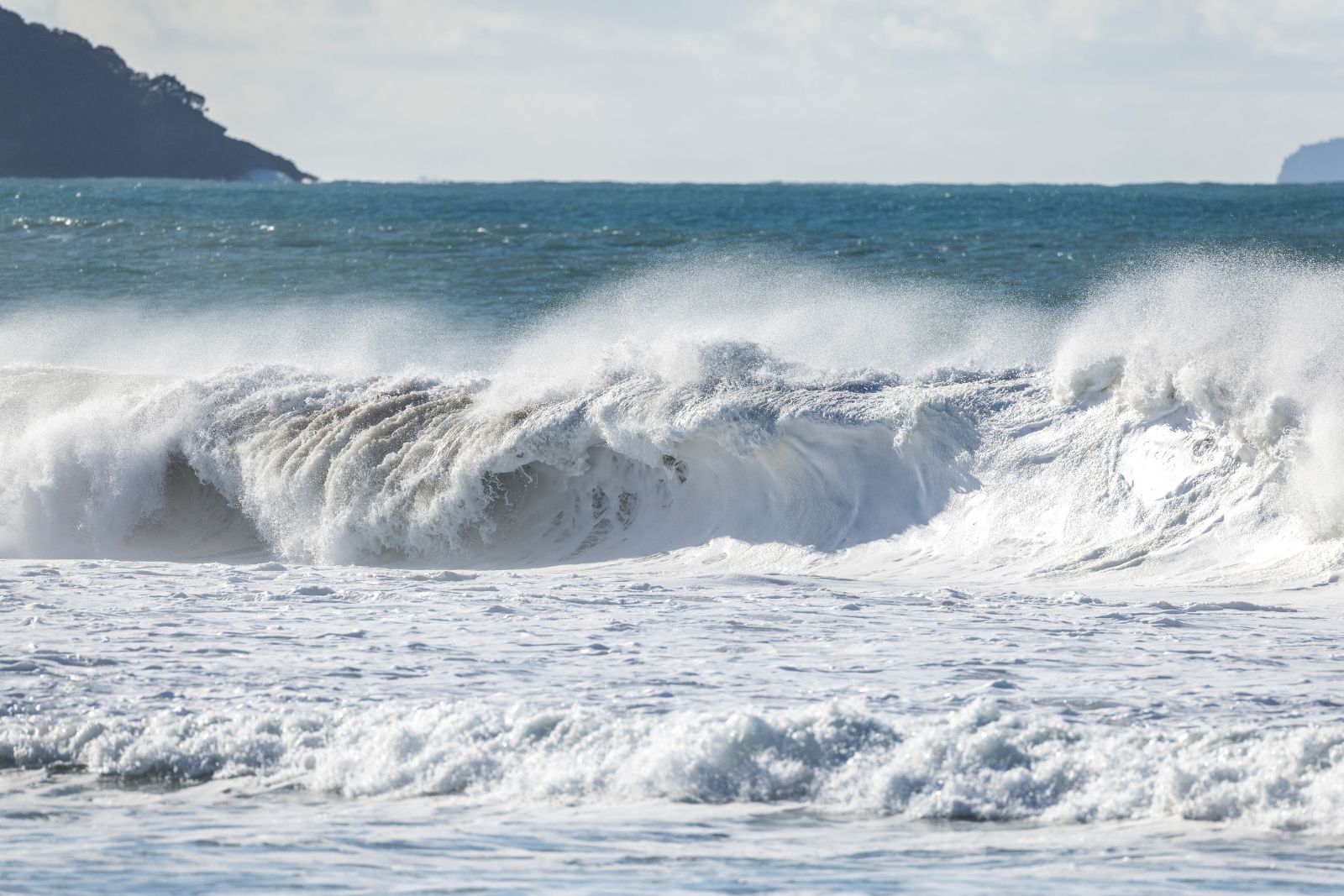


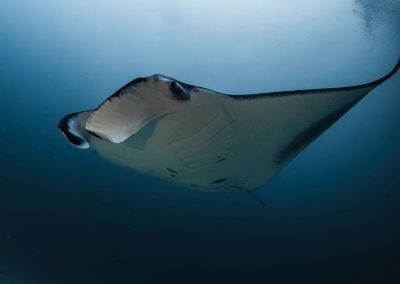


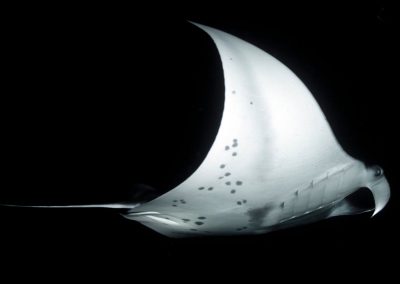
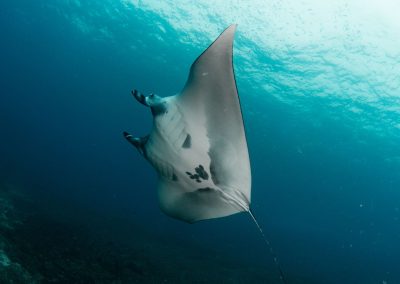
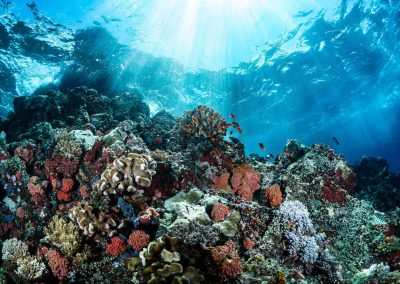




Great article! Its reassuring to know why cancellations happen and that safety comes first. Being able to reschedule or get a refund makes planning a winter trip easier. Cant wait for my potential manta ray adventure!